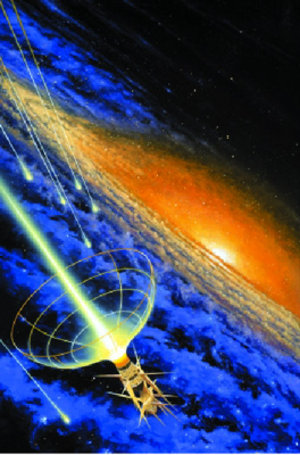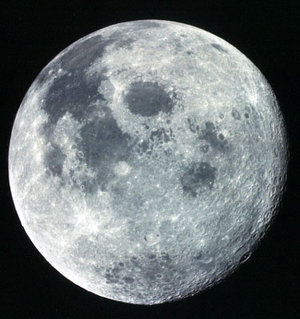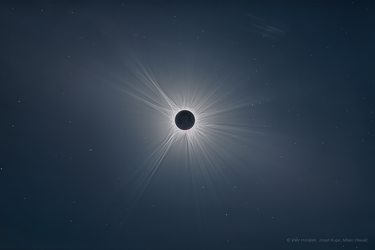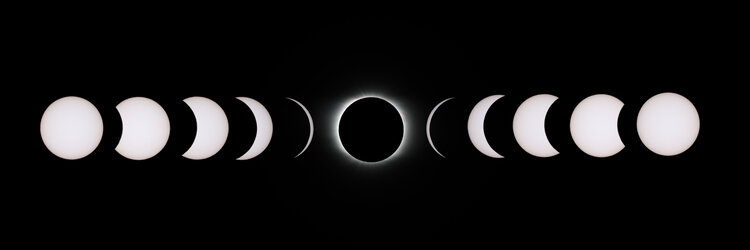See a total eclipse of the Moon
On Saturday night, 8 November 2003, the full Moon will pass through the Earth's shadow, producing a total lunar eclipse for skywatchers throughout North America, Europe and Africa.
A total lunar eclipse occurs when the Sun, Earth and Moon form a near-straight line in space, so that the full Moon passes through Earth’s shadow. Unlike a solar eclipse, which requires special equipment to observe safely, you can watch a lunar eclipse with unaided eyes.
The most impressive part starts when the Moon's leading edge first enters the main shadow, or umbra, and the partial eclipse begins. Over the next hour or so, the Moon will slip into darkness. The total eclipse begins when the Moon is fully inside the umbra, but it won't be completely blacked out.
The totally eclipsed Moon should still be visible as a dark gray or brown-red disk in the sky, and this colour is caused by sunlight scattered in our atmosphere. Its brightness depends on the amount of dust in the Earth's upper atmosphere at the time, which influences how much sunlight filters through.
The ‘totality’ phase of this November’s eclipse will be unusually brief, lasting only 25 minutes because the Moon only just skims inside the southern edge of Earth’s shadow.
The eclipse will be seen in its entirety by all of Europe and most of Africa late on Saturday night. In North America, observers will see it earlier in the evening, and those living in eastern and southern Africa, the Middle East and southern Asia may see the eclipsed Moon set around the time of sunrise on Sunday morning.
Timetable for eclipse, 8/9 November 2003
22:15 Moon enters penumbra
23:32 Partial eclipse starts
01:06 Total eclipse starts
01:31 Total eclipse ends
03:04 Partial eclipse ends
04:22 Moon leaves penumbra
Time is UT, Universal Time (Greenwich Mean Time)
Europe goes to the Moon with SMART-1
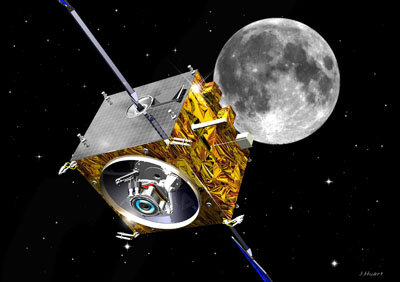
Earth’s natural satellite is the target for SMART-1, ESA’s mission to continue the exploration of Moon. Launched in 2003, SMART-1 is testing pioneering technologies on its 18-month trip to our nearest neighbour in the Solar System, including a solar-electric ‘ion’ engine as its main propulsion.















 Germany
Germany
 Austria
Austria
 Belgium
Belgium
 Denmark
Denmark
 Spain
Spain
 Estonia
Estonia
 Finland
Finland
 France
France
 Greece
Greece
 Hungary
Hungary
 Ireland
Ireland
 Italy
Italy
 Luxembourg
Luxembourg
 Norway
Norway
 The Netherlands
The Netherlands
 Poland
Poland
 Portugal
Portugal
 Czechia
Czechia
 Romania
Romania
 United Kingdom
United Kingdom
 Slovenia
Slovenia
 Sweden
Sweden
 Switzerland
Switzerland




























